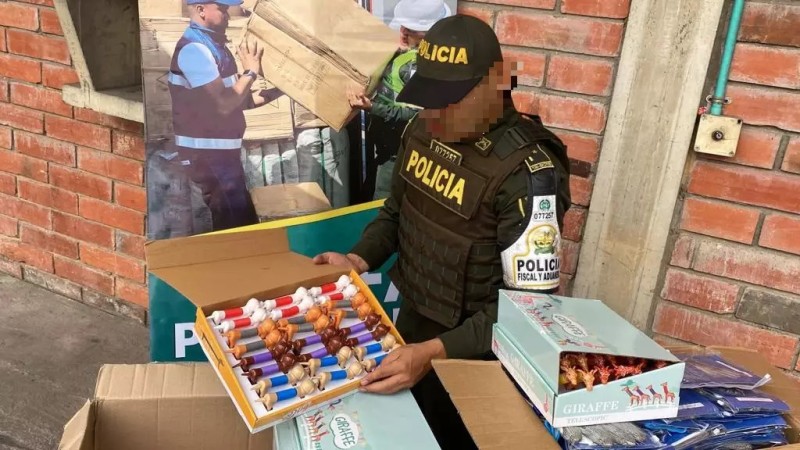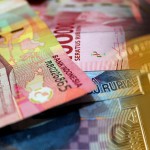According to Europol, law enforcement authorities carried out more than 6,000 inspections and confiscated more than 19 million packages of toys during the LUDUS lll operation, which ran from October 2022 until the end of February 2023.
In a similar operation conducted from March to December 2022, police in 17 countries throughout Europe arrested 378 people and seized roughly two million pieces of counterfeit clothing, shoes, and accessories worth around 87 million euros ($99.34 million).
A new plan to use blockchain technology to track items from concept through manufacture to final destination may become a powerful new tool to combat counterfeiting, authorities say.
The EU Intellectual Property Office (EUIPO), which has made significant contributions to anti-counterfeit operations, unveiled on Tuesday the “the ground-breaking European Logistics Services Authentication initiative for products within the global supply chain, using the European Blockchain Services Infrastructure,” the so-called EBSI-ELSA initiative.
The initiative, according to EUIPO, seeks to reassure and safeguard customers while also offering comprehensive support to intellectual property rights holders from the initial filing through the enforcement phase.
“This initiative is designed to ensure product authenticity by promoting information sharing among the participants in the supply chain within a secure environment using blockchain technology,” read the statement.
It should also help in fighting against the worldwide counterfeit trade, which amounted to 412 billion euros ($444.78 billion) in 2021, accounting for 2.5 percent of total global trade, according to EUIPO-OECD research.
By the end of this year, EBSI-ELSA is expected to be an open-source platform for authenticating products and exchanging data between all parties in the supply and logistics chain, connecting products’ ‘track and trace’ solutions with risk analysis systems of enforcement authorities and existing EUIPO tools, said the agency.
It went on to say that by doing so, customs officers, as well as transport and logistics operators, can increase their process productivity and “focus their efforts on suspicious goods, while brand owners can use the authenticity claim in litigation cases (e.g. parallel imports) and have a clear overview of their products’ journeys from manufacturer to reseller.”
The EBSI-ELSA initiative is expected to “synchronize IP authenticity management between all the parties involved in a supply chain: EU intellectual property offices, governments, customs authorities, manufacturers, transport and logistics operators, intermediaries and retailers,” by 2024, according to EUIPO.
However, the newest EUIPO study found that, while Europeans are becoming more suspicious of counterfeits and illicit products, price remains a decisive factor, with young customers more likely to buy fakes to save money.
According to the study – based on 25,824 online interviews across EU – 80 percent of Europeans believe criminal groups are behind counterfeit items and recognize that such purchases destroy businesses and jobs, while 83 percent think that “buying counterfeits supports unethical behavior, and two-thirds recognise the potential threats to health, safety, and the environment.”
In terms of digital piracy, 82 percent believe that accessing content illegally involves hazards such as “scams and exposure to inappropriate content for minors.”
The survey, however, indicates a gap between awareness and behavior, with one in three Europeans (31 percent) finding it acceptable to buy counterfeit items if the price of the original product is too high, while this ratio climbs to 50 percent among customers aged 15-24.
The study also found differences between EU countries, with Bulgaria leading the way in the intentional purchase of counterfeit goods with 24 percent, followed by Spain, 20 percent; Ireland and Luxembourg, 19 percent; and Romania, 18 percent. Finland wins the honesty title with only 8 percent willing to cheat.



